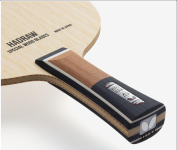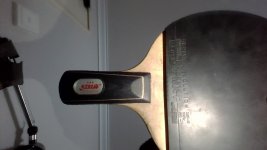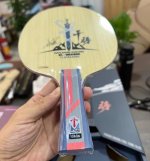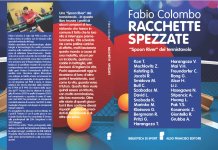says
https://www.facebook.com/eduardo.eduard.33/videos/vb.1000...
says
https://www.facebook.com/eduardo.eduard.33/videos/vb.1000...
Active Member
Hi people,
We see almost every brand with a 5 ply limba - limba - ayous - limba - limba and with a clipperlike blade. Wouldn't be an interesting combination all brands have a 5 ply koto - koto - kiri - koto - koto and a 7 ply koto - kiri - kiri - kiri - kiri - kiri - kiri - koto?
Best Regards,
Eduardo
We see almost every brand with a 5 ply limba - limba - ayous - limba - limba and with a clipperlike blade. Wouldn't be an interesting combination all brands have a 5 ply koto - koto - kiri - koto - koto and a 7 ply koto - kiri - kiri - kiri - kiri - kiri - kiri - koto?
Best Regards,
Eduardo














